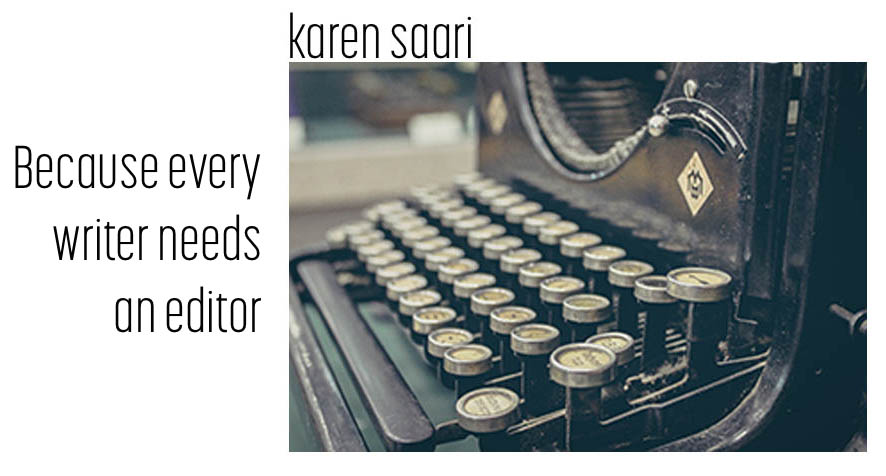There is a lot of information out there for authors on creating characters. And most of it is very good – how to create interesting, compelling, complex, humorous, or memorable characters. You’ll never lack for a ‘how-to’ as long as you’re online.
Let’s think about these people for a moment. I know they’re made-up characters, but they become real people if you live with them long enough. And after writing three books about the same group of women – the characters in my books became real people to me. They made me laugh many times and I cried when they did. Can you remember a book which had an emotional effect on you? That’s the book you remember and often re-read.
“When writing a novel a writer should create living people; people not characters. A character is a caricature.”
― Ernest Hemingway, Death in the Afternoon
It’s the characters that propel the story forward. It’s the characters who reach out and grab you to come along. Yes, the events are suspenseful and the settings are beautiful, but what are they without the characters? They are the backdrop for the story being acted out.
So, here’s the difficulty. Keeping track of the multitude of people running around in your story. In Morningshine, the first book in The Spring Street Quilters series, there are 7 women in the quilting group. Seven women with families and acquaintances. Five of them are married, giving me 12 people. Two of them have children bringing my roster to 16. Then, there is the second group of characters, a family of 8. The neighbor who is snobbish and we have 24 people. And as the story winds its way through 3 books, even
When I reached the writing of the third book, I had to ask a few of my favorite readers if they remembered the names of Connie’s children! That’s embarrassing.
“We never end up with the book we began writing. Characters twist it and turn it until they get the life that is perfect for them. A good writer won’t waste their time arguing with the characters they create
― C.K. Webb… It is almost always a waste of time and people tend to stare when you do!”
So, much like we keep track of our grandchildren’s birthdays, let’s start keeping track of our characters.
I started by jotting things down on a piece of scrap paper. Quickly, I realized this wasn’t going to work. There was far too much information, for too many people. I did some research and found Style Sheets. Now I can’t (or shouldn’t) write without one.
Next post I’ll be talking in-depth about Style Sheets and how they can help you.
